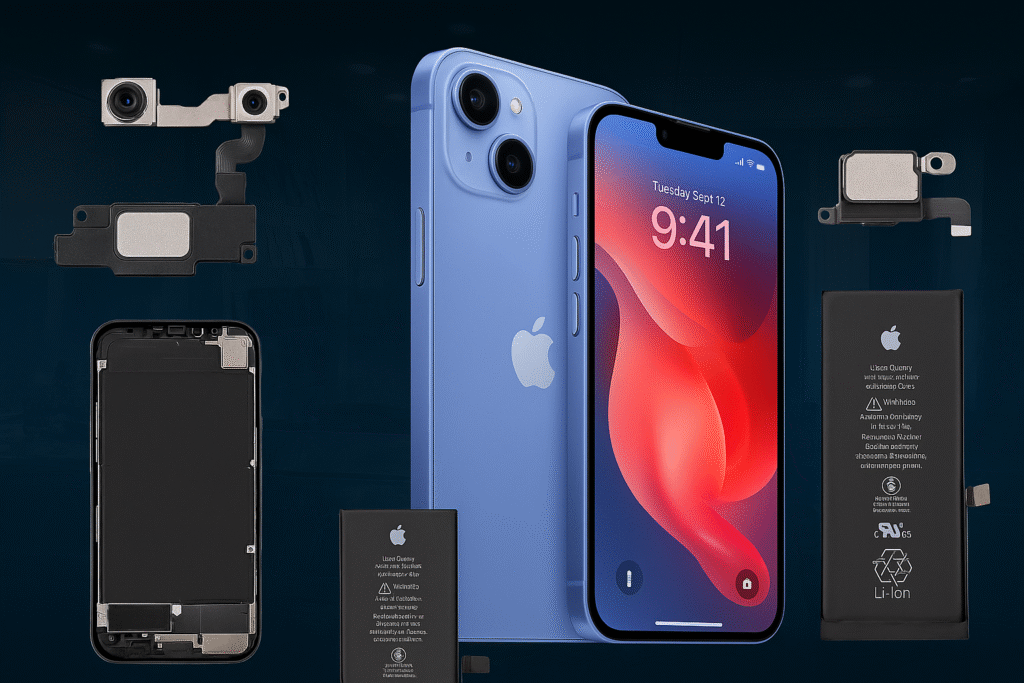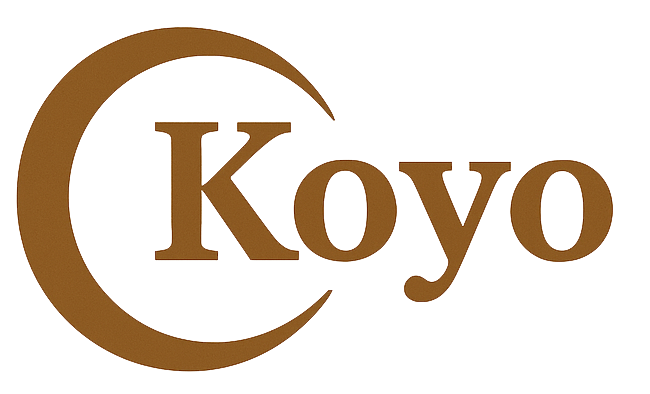- Apple
- iphone 13
- iphone 13 pro
- iPhone 13 Pro Max
- iPhone 15
- iPhone 15 Plus
- iPhone 15 Pro
- iPhone 15 Pro Max
- iPhone 16
- iPhone 16 Plus
- iPhone 16 Pro
- iPhone 16 Pro Max
- iPhone 16e
- iPhone l4
- iPhone l4 Pro
- iPhone l4 Pro Max
- ipone l4 Plus
- M-Horse
- MOTO EDGE
- Moto Edge 20
- MOTO ES6
- MOTO ES6I
- Motorola
- Nokia
- OPPO
- Others
- Samsung
- Transsion
- Uncategorized
- Vivo
- Xiaomi
A Complete Guide to iPhone Replacement Parts: Common Components & Buying Tips
Apple’s iPhone remains one of the most popular smartphones globally, known for its performance and longevity. However, even the most reliable devices are prone to wear, accidental damage, or aging components. Instead of replacing the entire phone, many users choose to repair and replace specific parts—a cost-effective and eco-friendly solution.
This article offers a clear overview of the most commonly replaced iPhone components and shares practical tips for selecting high-quality replacement parts.

📱 Most Common iPhone Replacement Parts
1. LCD/Touch Display Assembly
The screen is the most fragile part of any smartphone. Drops and impacts often result in cracks, unresponsive touch, or display issues. iPhones use different screen technologies—LCD for older models (iPhone 6/7/8), and OLED for newer models (iPhone X and above). It’s essential to choose the correct screen type for the model.
2. Battery
Battery aging leads to reduced standby time, sudden shutdowns, or swelling. While original batteries are preferred for stability, many high-capacity OEM batteries offer great value and reliability for users with budget constraints.
3. Charging Flex Cable (Dock Connector)
If the phone won’t charge or isn’t recognized by a computer, the charging port flex cable may be damaged. Replacing this board can usually restore charging and USB functionality.
4. Front/Rear Camera Modules
Common symptoms of camera failure include blurry images, black screens, or autofocus issues. iPhone camera modules are usually replaceable, making repairs simple and cost-efficient.
5. Earpiece & Loudspeaker
The earpiece handles audio during phone calls, while the loudspeaker is responsible for music, ringtones, and notifications. Symptoms of failure include no sound, distortion, or static noise—issues easily fixed by swapping the audio module.
6. Home Button / Face ID Modules
Older iPhones (up to iPhone 8) use the Home button, while newer models rely on Face ID. Though these components are security-sensitive, compatible replacement parts are available for most models today.
🛠 Tips for Choosing iPhone Replacement Parts
Confirm Model Compatibility
Each iPhone model has unique specifications. For example, the iPhone XR and iPhone 11 may look similar but use different screens. Always verify the exact model before purchasing parts.Work with Trusted Suppliers
High-quality parts improve repair success rates and reduce returns. Choose suppliers who offer warranty, testing reports, and consistent quality control.Understand the Difference: Original vs OEM vs Copy
Original: Direct from Apple or same quality. Highest price, best reliability.
OEM: Made by authorized factories. Good performance and value.
Copy/Aftermarket: Lower price, quality varies—best used with caution.
Consider Logistics & After-Sales Support
For e-commerce sellers or repair shops, fast shipping and after-sales service are just as important as the parts themselves. Choose vendors who support international delivery or local warehousing.
✅ Final Thoughts
The iPhone spare parts market offers strong demand and opportunity. Whether you run a repair shop or operate an online store, understanding the components and sourcing reliable parts is crucial to long-term success.
Looking for trusted suppliers of iPhone screens, batteries, speakers, cameras, or charging ports? Contact us for detailed catalogs, bulk pricing, and global shipping support.
